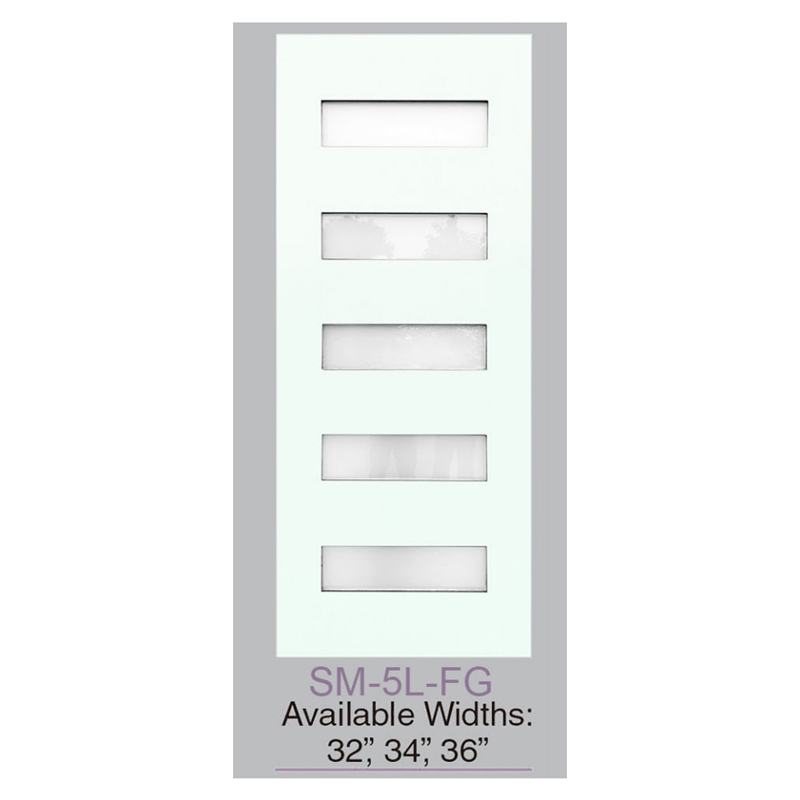Replacing a front door is one of the quickest ways to upgrade the look of your home. But that doesn’t mean it’s easy — or cheap. In fact, many models cost more than $5,000, including installation. Here’s what else you should know before you get started.
If a door’s frame is in good shape, and you don’t want to change the size of the opening, you can simply swap in a new replacement door, also called a “slab” or “blank.” If your door’s surround is worn, you can buy a door that’s pre-hung in a new frame, an all-in-one assembly that arrives ready to install. Pvc Door Trim Molding

While buying just a replacement door is less expensive, they come in far fewer style and size options compared to the more common frame-door combo. And if you’re replacing an old door, chances are that its frame is probably pretty beat up, too.
Wood looks great and comes in many styles, plus you can paint or stain it practically any color. Keep in mind: If your entry is not protected from the elements by an overhang, don’t install a wood door without a storm door — otherwise, sunlight and moisture will take a quick toll.
Steel doors are framed in either wood or steel with a core of foam insulation, all wrapped in heavy-gauge galvanized steel. Most steel doors are embossed with a fake-looking wood-grain pattern. Some higher-priced units have a real-wood veneer laminated onto the steel. You can also order steel doors covered in a smooth paintable skin. Although steel requires less maintenance than wood, steel can rust and become dented.
Fiberglass doors are usually wood frames stuffed with foam insulation and clad in fiberglass. Unlike steel, they won’t rust or dent. But like steel, it’s hard for manufacturers to make them look like wood.
Aluminum doors are usually the least expensive and almost completely maintenance-free — many come with 20- to 30-year warranties. But most models dent easily, often making them a better option for side or rear doors that don’t get as much use as a front entrance.
The number of choices can be overwhelming. To narrow them down, determine the size of the opening you have now or that you want to build. This will quickly reduce your options. Also, pay attention to the style of your home. If you have a Craftsman, for example, it may help guide you to do a little research into the door styles typical of that architecture.
Most well-made new doors will minimize energy waste, but wood and fiberglass ones generally provide better insulation than metal models. Check that any metal door you’re considering has a “thermal break” — a layer of insulation or foam under its metal skin.
The big energy-wasters for doorways are gaps and glass. Look for Energy Star-certified models and replace weather stripping as needed.
When you’re shopping, ask for samples (called “corner pieces”) to see how different materials look and to experiment with different stains and paints. For steel and fiberglass doors, make sure wood-look graining runs across the rails (horizontal parts of the door) and up and down the stiles (vertical parts).
Compare warranties: It’s reasonable to assume that a longer warranty indicates a more durable door. Because most door failures occur first in the jamb, look for a longterm jamb guarantee.
Let us know your questions about caring for a home.
Doors should fit snugly within the frame, with no more than a 1/16-inch gap on either side, and all exterior doors should, of course, have good locks. The absolute strongest kind of door is a heavy-duty steel one in a steel frame with a high-security lock.
If you want a style with built-in windows, make sure an intruder couldn’t break one to reach in and flip the lock. You can also add a deadbolt that must be operated with a key from inside the home. Keep in mind, though, that tough-to-unlock doors can pose hazards in the event of a fire.
Yes, but installing doors is harder than you might think, especially in older houses, which have usually settled. Also, installing a pre-hung door typically involves carpentry and replacing exterior and interior trim; and storm door installation usually first requires door assembly. Most companies charge more than $500 per door for installation, so doing it yourself can certainly save you a lot. Still, a DIY job is only worth it if you do it right.
It’s well-worth your time to shop around. Checkbook’s undercover shoppers requested price quotes from a sample of area companies to supply and install two entry doors and two storm doors. For one of the entry doors, we received prices ranging from $2,436 to $4,299, including materials and installation.
One frustration: Our shoppers had to contact most companies several times to pry loose prices from them. We also found that independent installers offer a better selection than big chains, such as Home Depot and Lowe’s.
Until Nov. 25, Washington Post readers can access Checkbook’s unbiased ratings of local door installers free of charge at Checkbook.org/WashingtonPost/doors.
The installer should come out to take final measurements and provide a written contract that specifies the door model, work schedule, fixed price, and any warranties and guarantees. It’s reasonable for installers to require a small down payment.
Kevin Brasler is executive editor of Washington Consumers’ Checkbook magazine and Checkbook.org, a nonprofit organization with a mission to help consumers get the best service and lowest prices. It is supported by consumers and takes no money from the service providers it evaluates. You can access Checkbook’s unbiased ratings of local door installers free until Nov. 25 at Checkbook.org/WashingtonPost/doors.

Pvc Trim Baseboard Do you have questions about home improvement or homeownership? We’re here to help with your next home project.